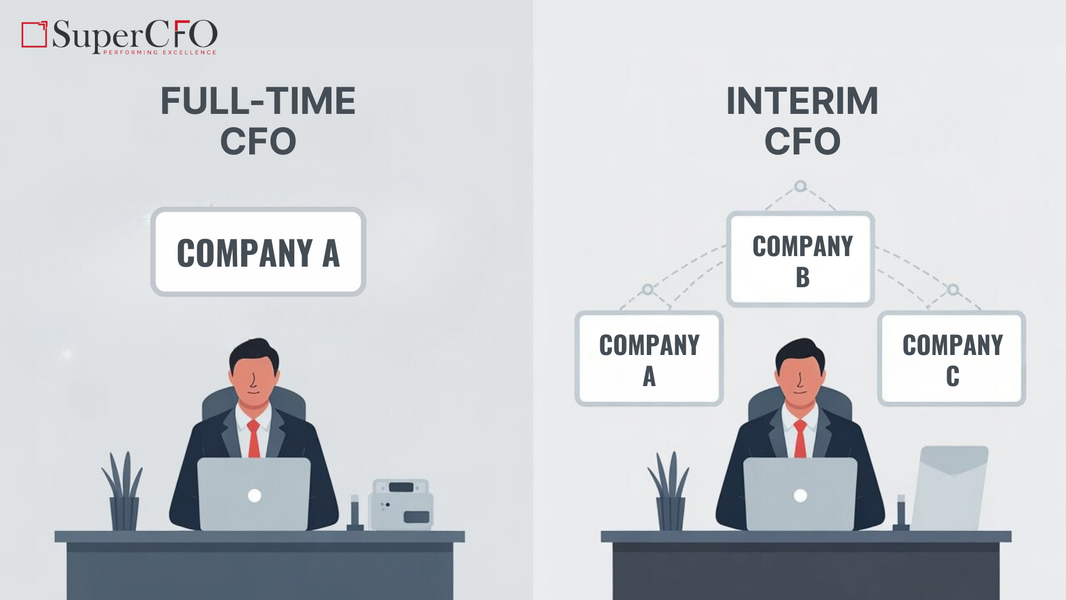The ink dries on the deal, the press releases go live, and stakeholders celebrate a “successful” merger or acquisition. But seasoned CFOs know the real work begins after closing. The majority of mergers fail to achieve their intended synergies, often because integration is underestimated.
This is where the CFO’s role extends far beyond numbers. Acting as strategist, risk manager, and value guardian, the CFO ensures the merger delivers on its promise.
Why does integration define success?
Deals are typically justified by synergy targets: cost efficiencies, revenue expansion, or market penetration. But if systems remain fragmented, cultures clash, or financial controls break down, these synergies evaporate.
CFOs are uniquely positioned to spot these risks early. With visibility into both financial structures and operational realities, they can ensure that integration aligns with the value narrative pitched to investors.
CFO Priorities in Post-Merger Integration
1. Protecting the Balance Sheet
-
Liquidity management: Ensure the merged entity has sufficient working capital during the transition.
-
Debt optimisation: Reassess capital structure and refinancing opportunities.
-
Control environment: Harmonise financial reporting, internal audit, and compliance processes.
2. Aligning Performance Metrics
-
Redefine KPIs to reflect combined business goals.
-
Establish a unified reporting cadence to avoid “two versions of the truth.”
-
Use data analytics to track integration progress against synergy targets.
3. Driving Cultural and Operational Cohesion
-
Collaborate with HR and business leaders to harmonise policies, benefits, and incentives.
-
Communicate clearly about financial expectations and performance culture.
-
Spot early signs of attrition or disengagement, especially in high-value teams.
4. Technology and Systems Integration
-
Rationalise ERP, CRM, and financial systems.
-
Prioritise cybersecurity and data governance during system migrations.
-
Invest in automation to streamline reporting and compliance.
5. Stakeholder Confidence
-
Investors: Deliver transparent updates on cost savings, revenue growth, and synergy realisation.
-
Boards: Provide scenario planning and risk assessments.
-
Employees: Translate financial strategy into operational clarity.
CFO as the value guardian
At its core, post-merger integration is about value preservation. The CFO ensures the “deal logic” survives first-year turbulence, keeping cash flow stable, aligning priorities, and bridging cultural divides.
By approaching integration as both a financial and human exercise, CFOs transform mergers from balance-sheet events into engines of long-term growth.
How can your finance function lead through integration? SuperCFO partners with businesses to strengthen CFO capabilities during complex transitions. Contact us to explore how we can help safeguard value in your next deal.










